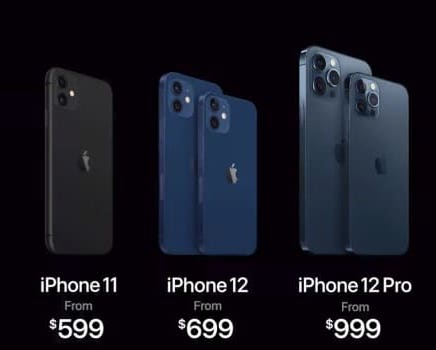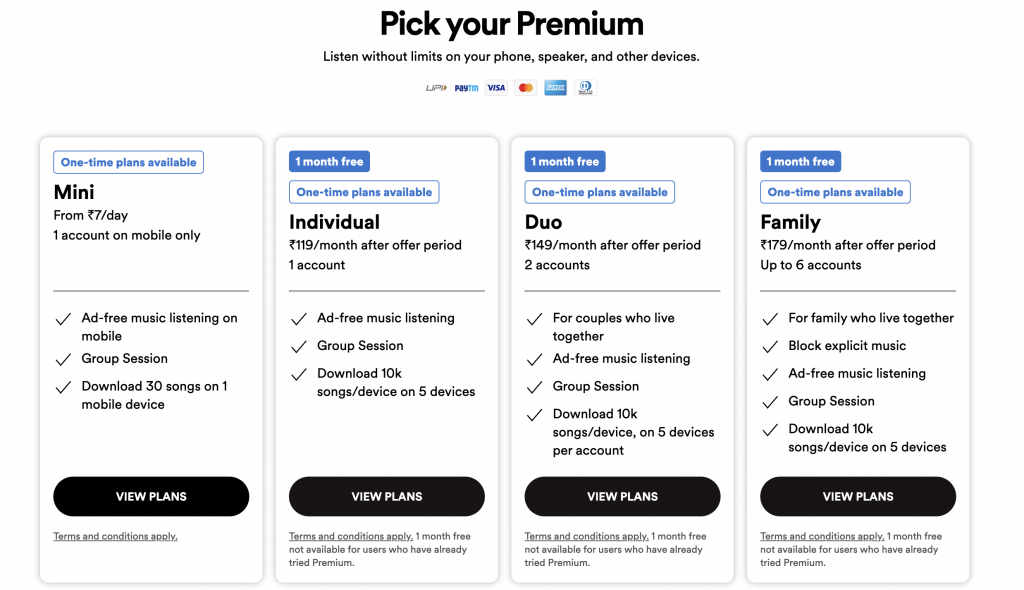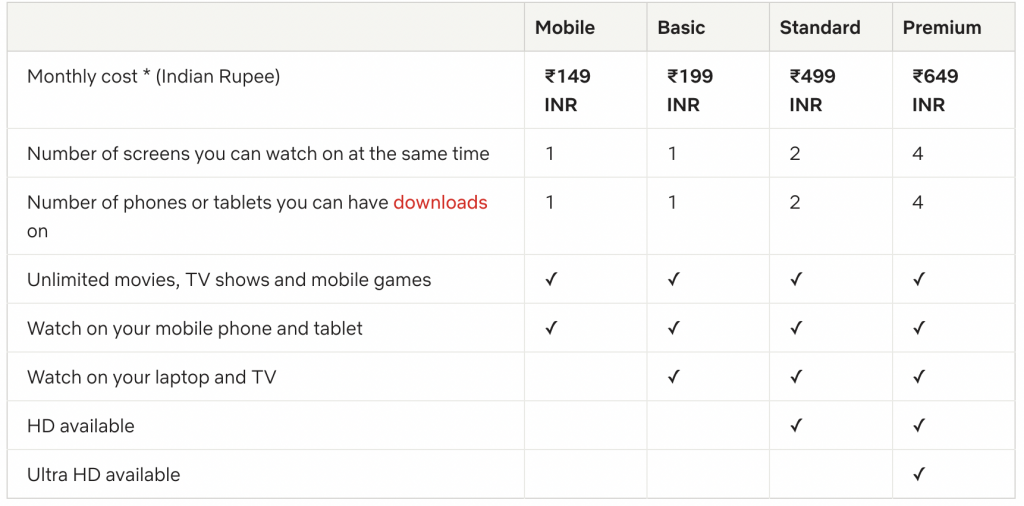
How important is Product Pricing
The primary goal of every single business is to influence consumer behavior to maximize sales and eventually profits. And most of us( even the businesses) tend to think it’s done only through the marketing of the product, which is evident in the magnitude of ads we are bombarded with every day.
But Pricing is also equally important, sometimes even more important, making it quite complex to get right among the 4P’s of the marketing mix. Businesses spend more time & research to arrive at the right price. This is because, even if you have the right product at the right place and have a methodical marketing strategy but your price is off, it just wouldn’t sell that well.
This gets complex if you have multiple offerings of the same product. How to price each of them? What features should we add/leave out? How to make sure the price of one offering results in cannibalization of sales of other offerings. This is where Decoy Pricing comes into the picture.
So what’s this Decoy
Simply put, The Decoy product/pricing strategy is introducing an additional offering as a decoy into the existing product offerings, to nudge you to think that the other offerings are more/less attractive.
It’s popcorn time
Let’s look at an example to understand. Suppose you went to a movie theatre solo and are waiting in line to buy a snack. You see 2 offerings of pop-corn – Regular size priced at Rs.39 and Large Size at Rs.99. You are most likely to buy the regular one.
Let’s say there’s a 3rd option, a Medium size at Rs.79. With the price difference smaller, it appears you are getting more popcorn for lesser money. So you would be influenced to get the Large one, and the Medium one is there, just to craftily nudge you to believe that the Large one is better.
Look at the iPhone line-up of 2021. You can see the older models are still kept in the product catalog, but with dropped prices compared to the previous year. This makes the newer iPhone 13 seem less expensive as you’re getting the latest one for just $100 more than last year’s model.

Then what about Services – Do they have decoys as well?
Of course, they do. Let’s look at Spotify’s subscription plans for India. They have 4 different plan offerings as seen below.

The Mini plan, if accounted for 1 month, costs a whopping ₹210, compared to ₹119 for the Individual plan. Also see how all of the plans except for this one, come with 1 month free, highlighted on the top. And it allows just one mobile device and a meager 30 songs download. So it makes absolutely no sense to get it unless you wanted to try just for a day.
Now let’s look at the rest of the plans. For just a ₹30 price bump, it allows 2 devices, i.e ₹75/ device compared to the Individual plan at ₹119.
So is the Individual plan the decoy here? But wait, for just another ₹30 price bump, it allows 6 devices, i.e ₹30/device, which looks dirt cheap. What this effectively does is, push multiple people to get these plans to share by pooling. This way all these 3 plans act as decoys to the rest, maximizing the number of subscriptions. The sharing plans also put Spotify on multiple devices expanding its ability to harvest more user data to fine-tune recommendation algorithms.
See Netflix plans below and realize how they’re also employing the same strategy.

For just ₹50 more, you can watch on the big screen. So people looking for single plans go for it. Similarly, the Premium plan is offering 4 screens with a lesser price increase, while also giving UHD viewing.
So isn’t this manipulating the consumers?
Yes and No. Businesses are not forcing the consumers or taking away the choice-making from them. But it’s more of a nudge to influence consumer behavior based on the predictable nature of how humans choose.
So if you’re a user, look if you’re being nudged to spend more than you should have. If you’re a business trying to improve your sales, offer decoy products to nudge user behavior.


